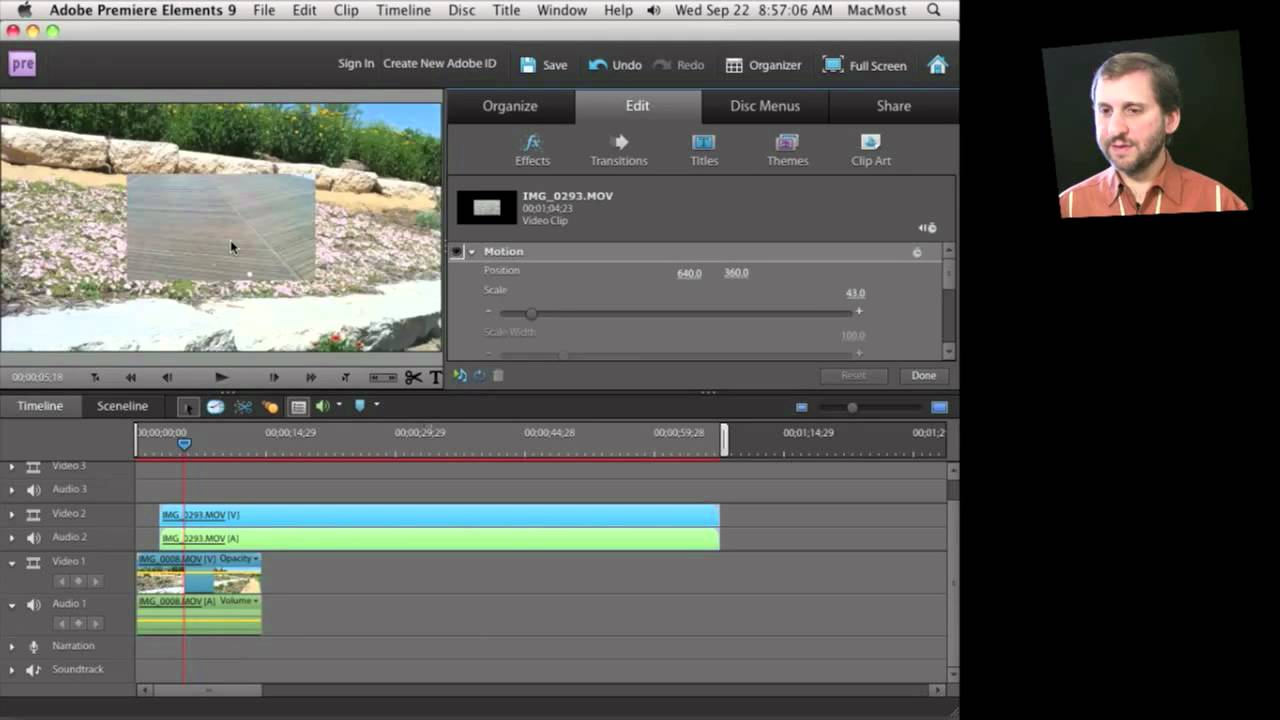

On the not-so-bright side, this is one of the most expensive laptops money can buy, putting it out of reach for many prospective buyers.Īs tested, our review unit with an M1 Max, 64GB of RAM, and 2TB of storage will set you back a wallet-searing $4,300. Any other Mac on the market should, in theory, perform worse than the computer we're testing today. On the bright side, this gives us a chance to test the high water mark for performance for an Apple laptop. We hope to test some of the M1 Pro models in the coming months, but for now, this is what Apple sent over on launch day.

We've been testing and benchmarking the M1 Max MacBook Pro for over a month, and all I have to say is buckle up: The superlatives in this review are about to get completely out of hand.ĭesign, build and usability | miniLED Display | Performance benchmarks | Conclusionįor this first review of the new Apple Silicon Macs, we're testing out the flagship M1 Max 16-inch MacBook Pro – the most powerful laptop in Apple's current lineup. With the release of the 14- and 16-inch MacBook Pros and the M1 Pro and M1 Max SOCs at their core, Apple has finally addressed our audience's needs by moving in two directions simultaneously: the company has undone the unpopular design decision that have plagued the MacBook Pro since 2016, while sending performance-per-watt into the stratosphere. The M1 MacBook Air and MacBook Pro put up performance and efficiency numbers that were hard to believe, at a price point that instantly placed Apple at the top of every "best entry-level creator laptop" list on the Internet.īut for many of the professional creatives in the audience – people whose livelihood depends on the performance and reliability of their computer – the M1 was just a taste. By just about every metric you can come up with, Apple's transition to Apple Silicon on the Mac has been a success.


 0 kommentar(er)
0 kommentar(er)
